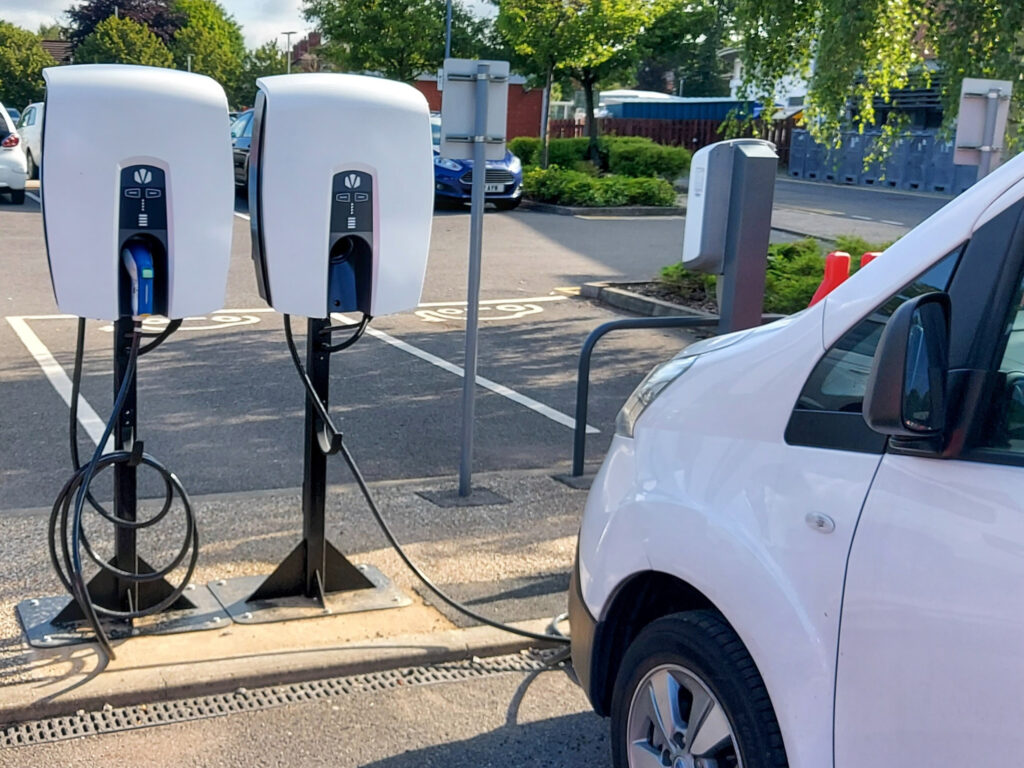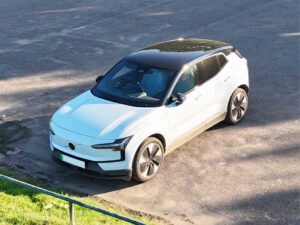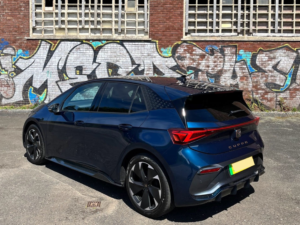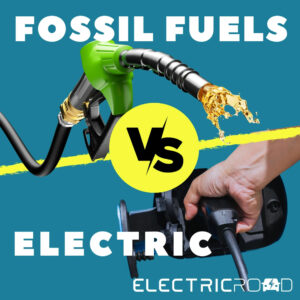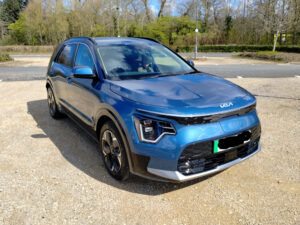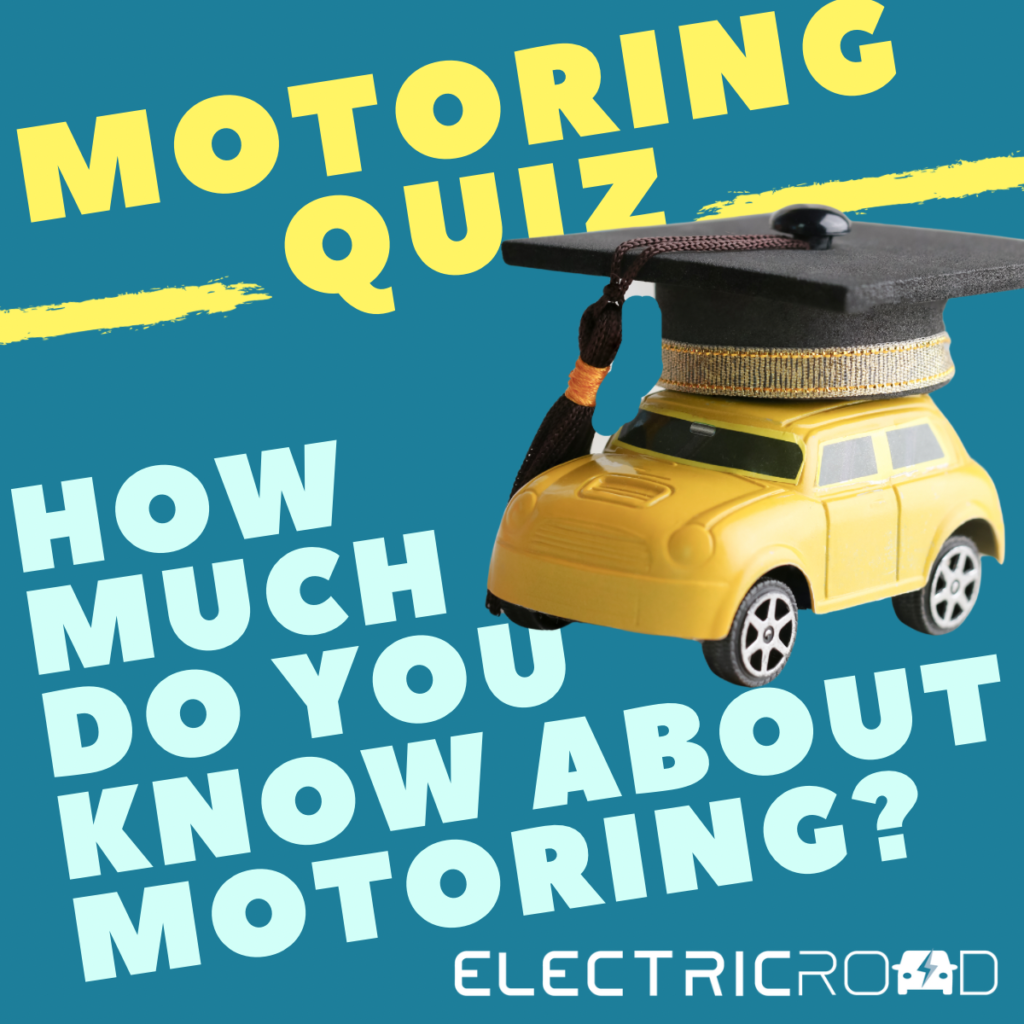Indra has announced the results from the first-ever NHS project to use pioneering Vehicle-to-Grid (V2G) technology, in partnership with Manchester University NHS Foundation Trust (MFT) and Hitachi Energy Business Incubation.
The two-year study, which ended in June 2022, explored the potential cost savings and added benefits of V2G charging for commercial fleets.
The trial involved five Hitachi-branded V2G units at sites across Withington Community Hospital and Trafford General Hospital. Indra designed, built and installed the units and provided maintenance and data acquisition support for the study.
Thanks to the pioneering bidirectional technology used in the V2G chargers, they were programmed to charge the fleet of electric pharmacy vehicles during off-peak periods and then discharge energy from the vehicle batteries back into the hospitals when the Foundation’s electricity demands and cost were at their highest.
Sign-up to Electric Road now to receive a FREE ‘Guide to the Best Electric Cars’, a weekly Newsletter and to win some great prizes!
The study revealed that it reduced the Foundation Trust’s electricity costs by around five pence per kWh. Not only does this represent a significant saving on energy bills, it also helped the hospitals reduce their carbon footprint by assisting the national electricity network with load demand and optimised the battery health of the electric vehicle fleet.
Speaking about the success of the trial, Indra founder and chief technology officer, Mike Schooling said: “We are delighted to see our V2G units working to prove this technology whilst also helping the hospitals meet their sustainability targets and reduce their energy costs, especially at a time of sustained energy price increases.
“Energy demand is only going to increase and so it is vital that we can manage energy in a smart and effective way. We believe the key to reaching zero emissions lies in optimising the use and flow of renewable energy and that V2G technology is a game-changer in enabling us to unlock the potential of EVs as portable energy sources.”
Smart energy use
During weekdays, the vehicles were used throughout the day between 7am and 3pm, then returned to be connected to the V2G chargers at all other times. Between 5pm and 7pm the vehicle batteries were discharged down to a minimum 30% state of charge, a figure chosen to preserve long-term battery health and ensure the vehicles were always available on demand for hospital use.
The vehicle batteries are discharged during peak electricity demand within the hospitals. By using the energy in the EV batteries to feed back into the Grid, Indra’s revolutionary chargers were able to reduce energy use from 72kW to 30kW, reducing the cost of the Trust’s electricity usage by an average of five pence per kWh and significantly reducing carbon during peak times.
Finally, at 11pm the V2G chargers were programmed to begin the process of fully charging the EVs to 100 percent, ensuring they were ready to resume their duties the following morning. Not only were the batteries on the EVs charged at the lowest cost tariff and carbon intensity, but the demand from the building was also at its lowest.
Real world results
At the conclusion of the two-year trial in June 2022, the key benefits of the technology were found to be the ability for EV users to access energy at off-peak tariffs and when excess renewable energy is available, plus sell it back to the Grid during times of peak energy demand. This assists the Grid with managing energy load and reduces the need for high carbon energy sources to be brought online. It also calculated that with just 10 to 15 Indra V2G chargers the Foundation Trust would be able to reduce its use of grid-supplied electricity between 5pm and 7pm to zero.
As a further benefit, the discharge of the EVs back into the Grid also had a positive effect on the longevity and efficiency of their batteries. By accurately controlling the charging schedule, avoiding dropping below the 30% state-of-charge threshold and avoiding rapid charging, Indra’s V2G chargers were able to optimise battery health, ensuring the battery would continue to have a longer and more efficient working life.


